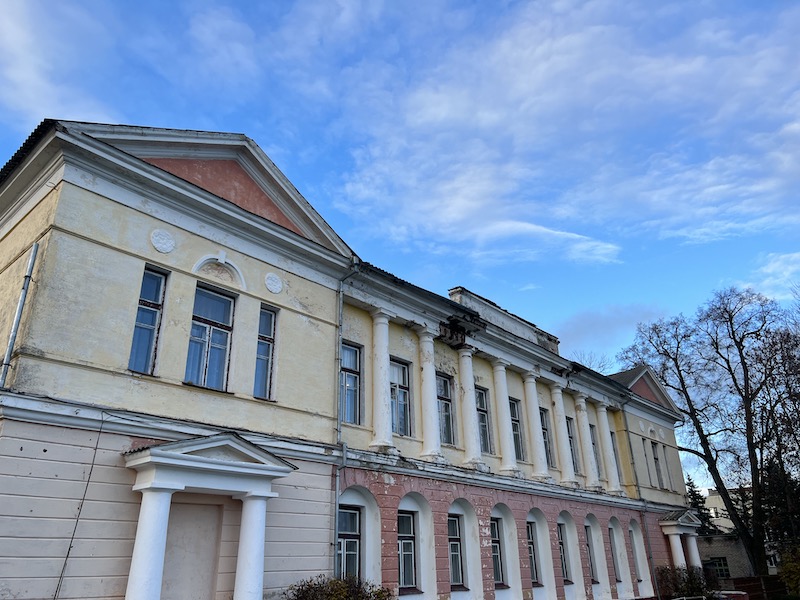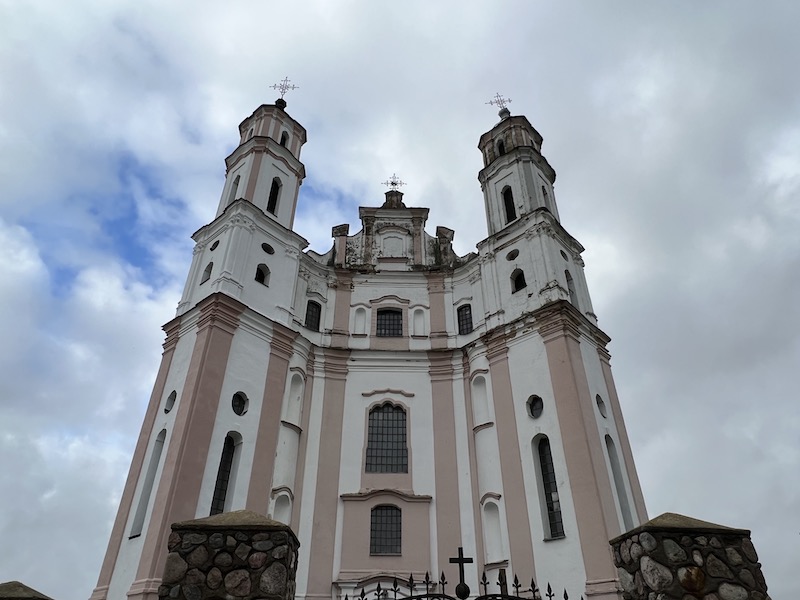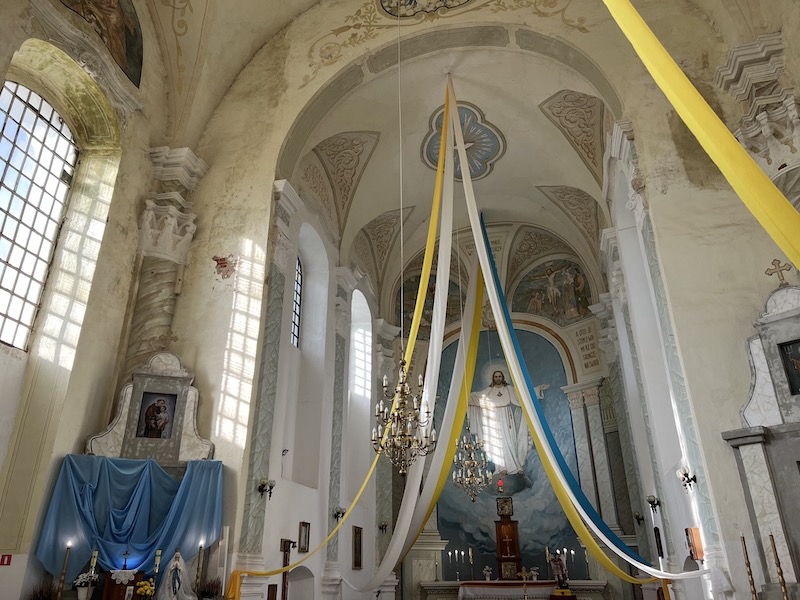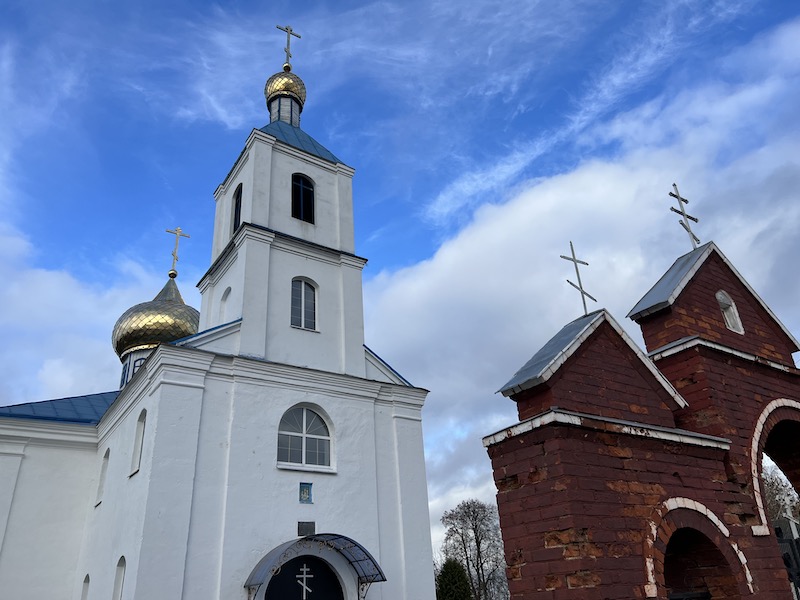The estate was built in 1782 in the classicist style traditional for those times and is a two-story stone building located on the river bank. The symmetry axis is accentuated by an attic located on the main façade and an avant-corps with a clear triangular gable wall from the side of the elevation facing yard. There was also a regularly planned landscape park not far from the river.
But the credit of building a magnificent estate complex is due not only to the Shirin dynasty, whose name the famous complex bears, but also to the Gilzens. It was during the Gilzens’ reign, in 1770, that the construction of the complex in the territory of Hermanovichi began. And the honour of completing the construction of an architectural monument belongs to the Shirin dynasty.

Now the Shirin estate has been restored and houses a school and a local history museum. The old park, which was once part of the Shirin palace and park ensemble, has also been preserved here.
Since Hermanovichi has a rich heritage of painted fabrics and carpets, the local history museum has a magnificent exposition of famous carpets. And next to the museum there is a unique pre-Christian monument - a glacial boulder with pagan signs.
The iconic landmark of Hermanovichi is the current Church of the Transfiguration of the Lord. Its outline can be seen even at the approach to the town.

Before, several Catholic churches and chapels were located in the village, which was predetermined historically, as well as by the geographical position of Hermanovichi. Namely, the place was close to the border of the Grand Duchy of Lithuania with the Polotsk Voivodeship. However, over time, especially with the accession to power of the Soviets in the last century, most of the other catholic churches in the village and nearby areas were destroyed or converted into Orthodox churches. Thus, the Church of the Transfiguration of the Lord is a one-of-a-kind parish Catholic building in Hermanovichi, that is still operating.

The construction of the temple was started in 1770 by Jozef Gilzen and completed only in 1787 by Ignatius Shirin, the new owner of Hermanovichi. From the outside, the catholic church looks quite modest being influenced by the classicist style. The severity of the lines, the traditional four-tiered turrets on the sides of the main façade, and the absence of special flamboyant details and elements. But the church is very beautifully designed and decorated inside, you will be delighted with the brightest manifestation of the baroque style, which is reflected, first of all, in massive, but elegant altars. There is a cemetery near the church where Polish soldiers are buried.
The Holy Assumption Church - a unique Old Believer Assumption Church - a masterpiece of wooden architecture, built according to all ancestral canons of the Old Ritualists in 1900 is located in the centre of Hermanovichi agrotown.

Also, the Orthodox Church in Hermanovichi is represented by a small church of St. Nicholas the Wonderworker, rebuilt from a civilian building.
As we can see, cultural and historical objects and architectural monuments have been preserved in Hermanovichi, such as the Shirin estate, surrounded by the atmosphere of the Belarusian way of life, and the Church of the Transfiguration of the Lord. Local attractions and the picturesque Desna River are of genuine and great interest among tourists who prefer spending a vacation in Belarus.